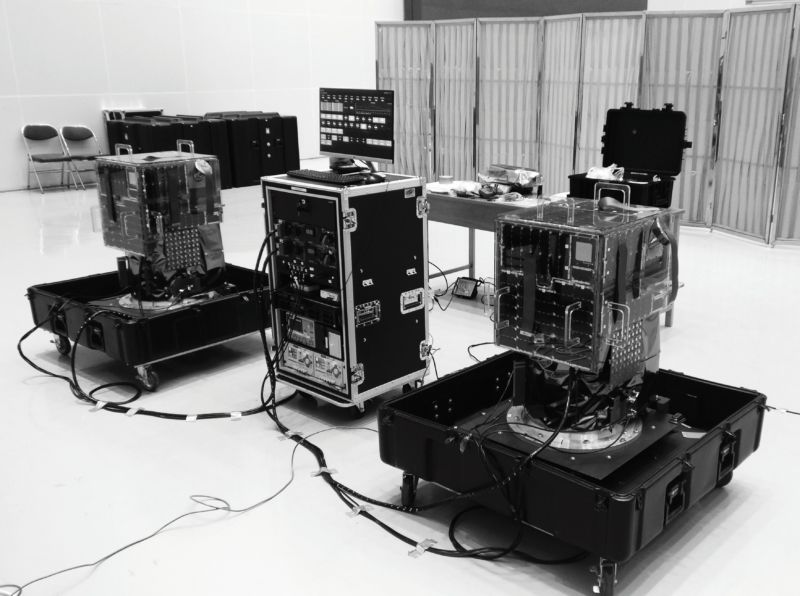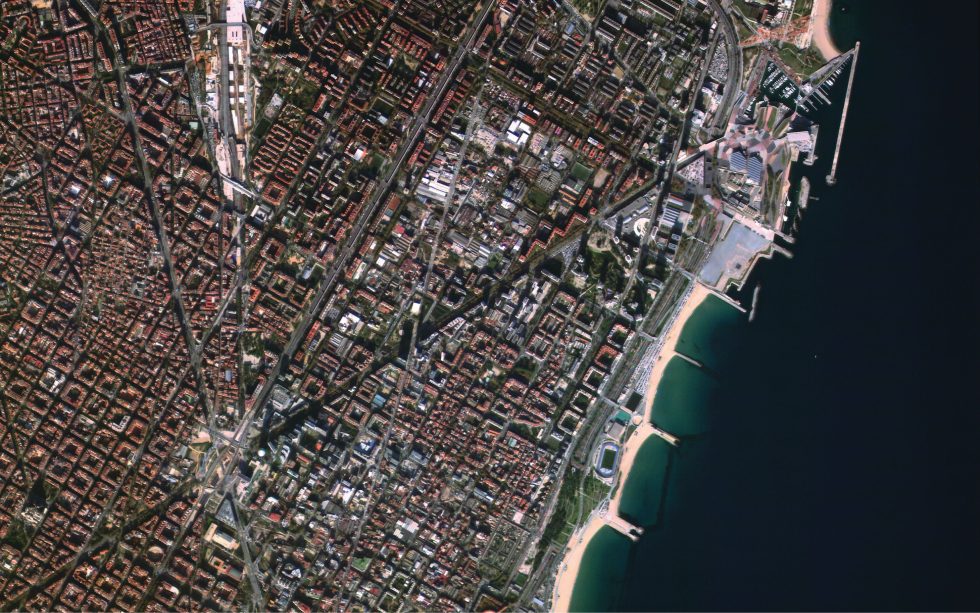
China’s new Long March 6 rocket has won a major commercial launch contract, with an agreement for up to six flights over two years to deploy 90 small remote sensing satellites for Argentina-based Satellogic.
The contract—which will allow Satellogic to deploy a constellation capable of imaging the entire planet at a 1-meter resolution on a weekly basis—is significant in that it comes at a time of increasing competition in the small-satellite launch market. Satellogic and the China Great Wall Industry Corporation (or CGWIC), which sells Chinese government launch services on the commercial market, did not disclose terms of the agreement.
However, the Chinese launch marketer made clear that this is an important milestone for its Long March 6 (or LM-6) rocket. "Satellogic's constellation will introduce a new era of affordable Earth observation just as the LM-6 will open new opportunities for the global space industry," Gao Ruofei, executive vice president of CGWIC, said in a statement.
Emiliano Kargieman, the founder and chief executive of Satellogic, said the company looked at a range of launch providers, including Rocket Lab and other emerging companies seeking to provide dedicated launches for small satellites. The LM-6 rocket, which has launched twice since its debut in 2015, can lift one ton of payload to low Earth orbit, so it is on the higher end of capabilities for this new class of launch vehicles.
"With all of the small-launch companies coming online, we will definitely consider them for future plans," Kargieman told Ars in an interview. "But for the rollout we need to do in the next 24 months, this relationship gives us the best option for meeting that goal."
In citing reasons for reaching an agreement with the Chinese provider, Kargieman noted the availability of launch now, the overall cost, and a good ongoing working relationship with the provider. Dating back to 2013, Chinese rockets have launched a demonstration CubeSat for Satellogic, as well as five additional satellites.
Although a Chinese company, Tencent, led both Series A ($22 million) and Series B ($27 million) funding rounds for Satellogic, Kargieman said that did not provide the China Great Wall Industry Corporation a home-field advantage when the time came to secure future launch contracts. He noted that Satellogic began working with Chinese launch providers before Tencent got involved.
A convergence of technology
Satellogic was founded in 2010 and has grown to 160 employees around the world. The company's headquarters, as well as a research and development facility, is in Buenos Aires, Argentina, and it manufactures its satellites across the Río de la Plata in Montevideo, Uruguay. It has a data-technology center in Barcelona, Spain, a product-development center in Tel Aviv, Israel, and business development centers in Miami and Beijing. "We are a small multinational company," Kargieman quipped.
The vertically integrated company seeks to provide comprehensive geospatial analytics for locations around the world focusing on energy, food production, the management of natural resources, and more. Among the applications for its weekly mapping of the planet and processing of the data, Kargieman said he thinks energy companies will be interested in managing their extensive networks of pipelines around the world.

The company has been developing its satellite technology and data analytics capabilities in parallel, and it has benefitted from emerging technologies in computer-aided design and rapid manufacturing techniques, launch capabilities, advances in adaptive optics, and advances in machine learning and artificial intelligence. "We are at the convergence of all of these trends," Kargieman said.
The company has three satellites in orbit now and 16 satellites in different stages of manufacturing. It plans to manufacture 16 per quarter. Each of these satellites measures nearly one meter in length, with a height and width of one-half meter. They have a mass of just 45kg. The company's next launch of commercial satellites is expected in the fourth quarter of this year, Kargieman said.
reader comments
32